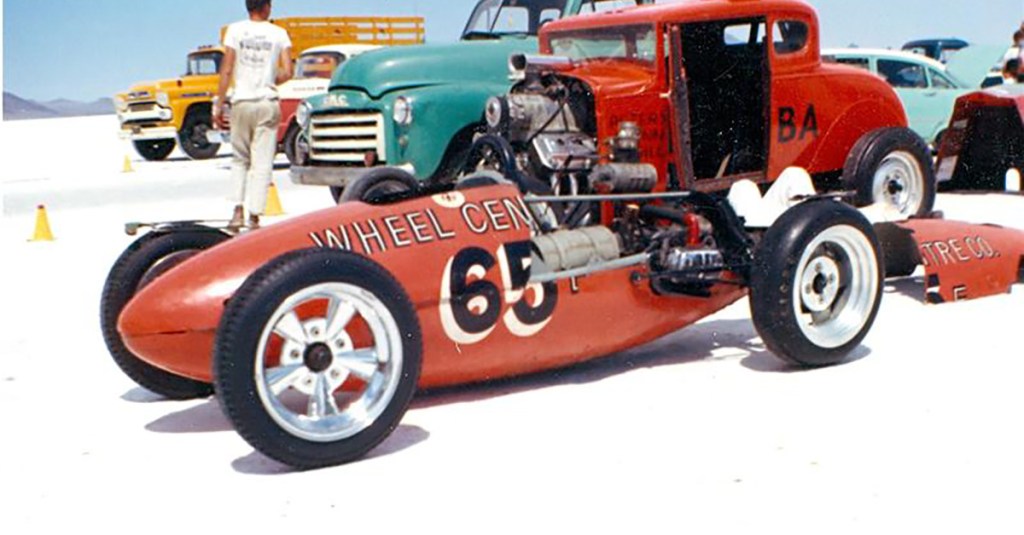
Military drop tanks are attached under fighters and bombers, giving them extra fuel to extend their range, but easily falling away if the plane gets in a fight and needs to prioritize agility and weight over range. The drop tanks are light, aerodynamic, empty shells when not filled with fuel, and that actually makes them a great starting point for hot rods.
Why Warplane Fuel Tanks Make Great Hot Rods
www.youtube.com
And the hot rod community noticed these tanks during the Cold War, with some innovative spirits snapping them up to create tiny, fast cars. Now, these “lakesters” are quick racers that humans will cram themselves into to race across salt flats and other courses.
Many of these racers are made from World War II tanks like those used on the P-38 Lightning, the plane the F-35 Lightning II is named for. The P-38’s drop tanks were made of steel, like many of them in World War II, and its 300-gallon capacity was just big enough to allow for a motor and driver.
Getting ahold of a steel drop tank to convert was easy for a few decades after World War II, but enthusiasts now have to look harder for longer to find one of the few remaining, unconverted drop tanks.

A P-38 Lightning with its drop tanks during World War II.
(Public domain)
And they aren’t likely to get much help from the military. Modern militaries have often opted for more exotic materials for new drop tanks, reducing their weight and, therefore, the fuel usage of the plane. A lighter drop tank costs less fuel, and so provides more range, but the composite materials aren’t always great for racers.
It will only get worse, too. Drop tanks have a massive drawback for modern planes: They increase the plane’s radar signature while reducing the number of weapons it can carry. So the military and the aviation industry are shifting away from drop tanks, opting instead for “conformal fuel tanks.”
These are auxiliary tanks made to fit like a new, larger skin on an existing plane. They’re a little harder to install, and they can’t be jettisoned in flight, but they extend range with less drag and a much lower radar penalty. And they can be packed tighter to the body of the jet, allowing the plane to keep more of its agility than it would have with heavy tanks hanging from its wings.